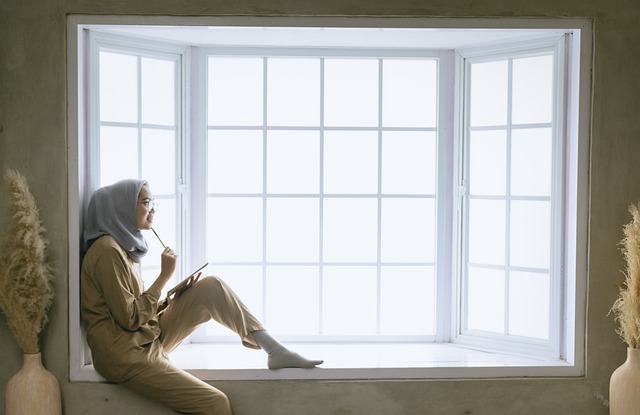Leeds silverware stands as a quintessential embodiment of historical craftsmanship and a testament to West Yorkshire's metalworking prowess during the 18th and 19th centuries. This article explores the rich heritage of Leeds silver, emphasizing its impact on the British metalworking industry and the exquisite diversity of its silver items, from tableware to jewelry. Each piece, marked with distinctive hallmarks like the lion passant, offers a glimpse into the social and artistic dynamics of its era, making it particularly appealing to collectors and historians. The ornate designs and exceptional craftsmanship of 19th and early 20th-century Leeds silverware not only reflect the aesthetic sensibilities of their time but also serve as tangible historical artifacts, each piece a narrative of its period. The hallmarks and engravings on these items provide valuable insights into the cultural context of their creation, cementing their place as significant artifacts that continue to captivate modern enthusiasts, offering a window into the past and a symbol of fashion from bygone eras.
Explore the timeless allure of Leeds silver ware, a testament to exquisite craftsmanship and historical narrative encapsulated within each piece. This article invites you on a journey through the annals of time, uncovering the origins and meticulous techniques behind these enduring artifacts. From the opulent halls of Georgian England to the modern workshops that draw inspiration from their forebears, Leeds silver’s influence weaves a rich tapestry across centuries. Delve into the significance of these pieces beyond mere adornment, as they once signified status and affluence in society. Whether you are a seasoned collector or an admirer of fine craftsmanship, this exploration of Leeds silver ware will reveal the hallmarks that make it not just a piece of jewelry, but a link to our past.
Unveiling the Lustrous Legacy of Leeds Silver Ware: A Journey Through Time

Leeds silverware stands as a beacon of craftsmanship and historical significance, with its origins tracing back to the town of Leeds in West Yorkshire, England. This silverware, characterized by its intricate designs and exceptional quality, has long been a testament to the region’s rich metalworking tradition. The history of Leeds silverware is deeply interwoven with the town’s industrial past, particularly during the 18th and 19th centuries when the town was at the forefront of Britain’s metalworking industry. Artisans in Leeds were renowned for their ability to produce a variety of silver items, from tableware to ornate jewelry pieces, each piece reflecting the skill and artistry of its maker. The hallmarks of Leeds silverware—often found on the pieces—provide insight into the makers, the purity of the metal, and the era in which the item was created, making these antiques not just beautiful but also valuable historical documents.
The allure of Leeds silverware lies not only in its aesthetic appeal but also in its ability to evoke a sense of nostalgia and connection to the past. Antique silver jewelry pieces from this region are particularly coveted by collectors and historians alike. Each item carries with it a story, reflecting the socio-economic status of its original owner, the artistic trends of its time, and the evolving techniques of silversmithing. As one delves into the world of Leeds silverware, they are met with a journey through time, exploring the evolution of design, the shifts in consumer preferences, and the enduring legacy of a craft that has stood the test of centuries. The pieces serve as tangible artifacts that connect the present to the past, offering a lustrous glimpse into the lives and times of those who came before us.

Antique silver jewelry holds a unique place in historical adornment, with each piece telling a story of its time. Among the myriad examples of silver craftsmanship, Leeds silver ware stands out for its exquisite detail and enduring legacy. Hailing from the city of Leeds in England, this silverware is renowned for its fine quality, often adorned with intricate engravings and elegant designs that reflect both the artistic sensibilities of the period and the technical prowess of the silversmiths. The hallmarks of Leeds silver—often including a lion passant and the date letter—serve as a testament to its authenticity and craftsmanship, ensuring that these pieces maintain their value and significance over time. Collectors and historians alike appreciate Leeds silver for its contribution to the broader narrative of silver jewelry, particularly in the 19th and early 20th centuries. It is not only a symbol of elegance but also a tangible link to historical fashion and the cultural milieu of the times. The allure of Leeds silver ware lies in its ability to transcend time, offering a glimpse into the past through the lens of exquisite craftsmanship and design.
Antique silver jewelry holds more than mere aesthetic value; it is a tangible connection to history, encapsulating artistry and craftsmanship of bygone eras. Among these treasures, the Leeds silver ware stands out as a remarkable testament to England’s rich silversmithing heritage. Exploring this legacy not only enriches our understanding of historical fashion but also sheds light on the socio-economic context of its time. As collectors and enthusiasts appreciate these pieces, they preserve a part of history for future generations to admire and learn from. The enduring allure of such jewelry underscores the importance of heritage preservation, ensuring that the stories etched in silver remain alive and continue to inspire.
